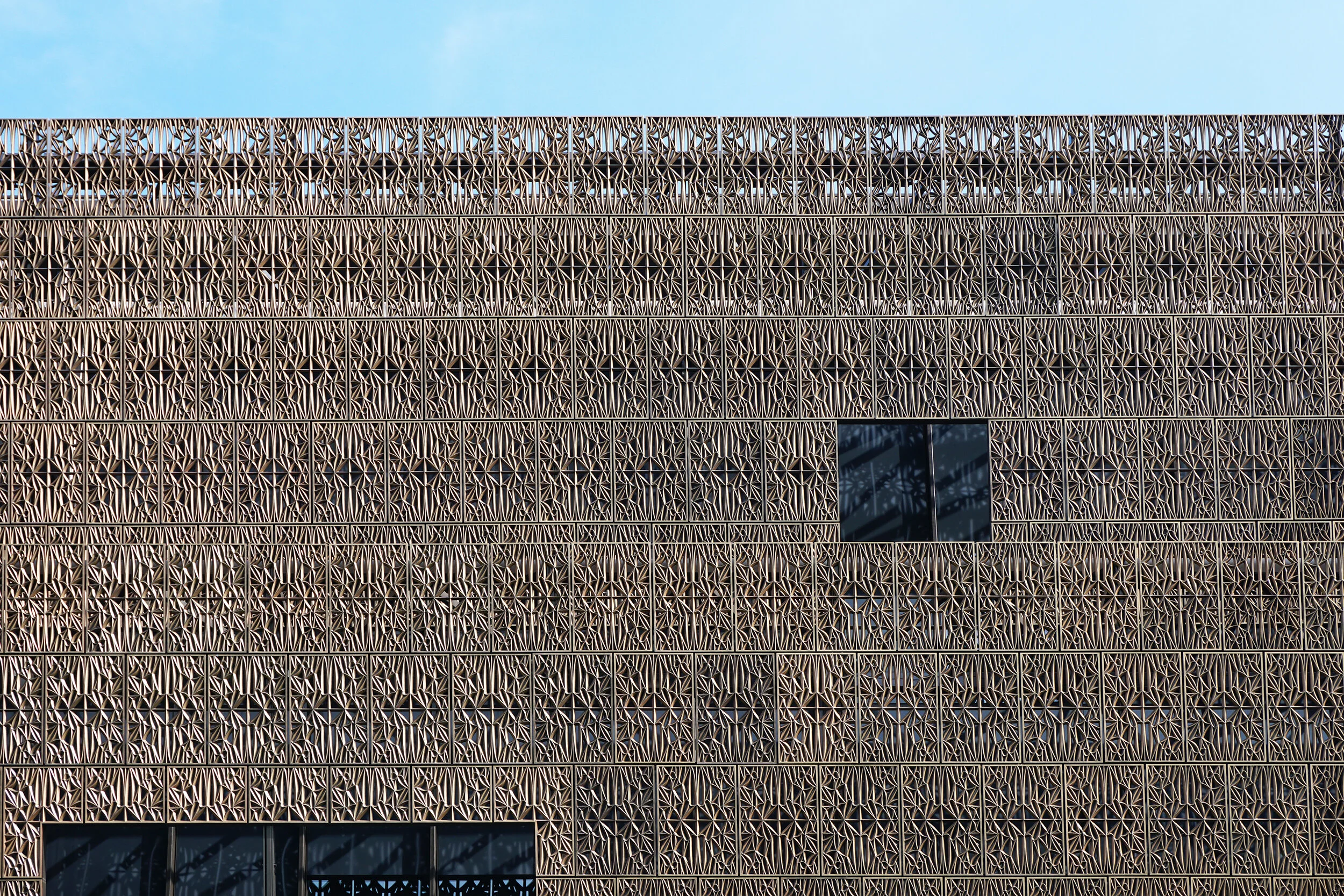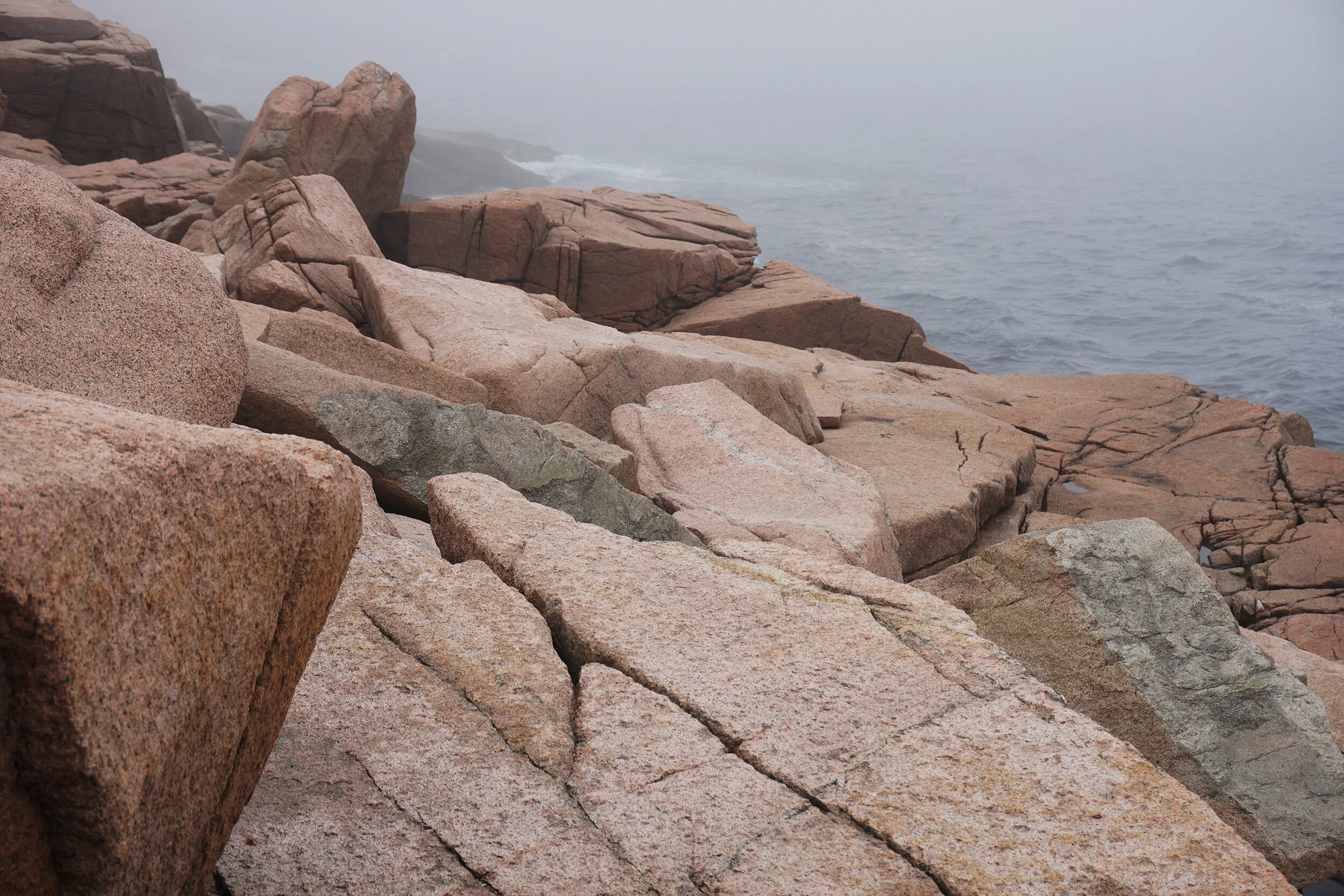
Page 2 of 4
Washington, DC
But don't look to me for answers cause I don't know what it means
The Smithsonian National Museum of African American History and Culture opened on the Mall in Washington, DC almost two years ago, but I finally visited this past August. I had been to DC several times since then but could never manage to get a (free) reservation to get myself inside, they always seemed like they sold out months ago from whenever I was there. Finally this past summer, the museum started experimenting with no reservation Fridays, and, before you know it, I found myself booking an Amtrak train to DC just to finally get inside.
I took a train down on Thursday night and stayed at the Liaison Capitol Hill where I have stayed before, it’s close to Union Station and normally a decent enough hotel, although this time I had to change rooms to avoid an adorable mouse hiding underneath the armoire. On Friday morning I walked down New Jersey and Louisiana Avenues to the Mall and arrived at the museum just as it opened, only to discover that I was not the only person with that idea. The morning line wrapped around the building and moved quickly, although by the time I got in after everyone else, the museum was already pretty damn full.
The building was designed by David Adjaye and the exterior features panels of screens atop a reflective glass base, so that when you’re up close waiting on a tremendously long line to get in, it appears as if the rest of the building is floating above you.
Those screens may be impressive on the outside, but you have to see them for yourself on the inside to really understand the building.
The exhibits start underground and then lead upstairs and residing in a (generally) solid box with a gloriously open void between the building and the screens. Views up, down and across are a wonderful combination of light, screened views and reflective glass and the space feels both familiar and disorienting and unlike any other that I have been in.
The Smithsonian National Museum of African American History and Culture is more than just some transcendent spaces of light and screens. Starting underground, the museum attempts to explain the unbelievably rough history of African Americans, while the upper floors begin to explore African American cultural contributions. I have been to the National Civil Rights Museum at the Lorraine Motel in Memphis, Tennessee, the Birmingham Civil Rights Institute in Birmingham, Alabama and the Underground Railroad Museum in Cincinnati, Ohio- all three museums attempted to tell similar stories and explore similar themes, however none of those museums can match the depth of the the exhibits of this one. Although to be honest, the crowds, especially in the beginning of the historic exhibits, would often logjam and make it difficult to see everything. Even though I just got back, I am already thinking of a return visit to try and get a better feel for the depth of everything there.
Architecturally the building is all about the space between the solid core and the screens, but there is another wonderful space for anyone looking for a break after getting through all of those understandably rough historical exhibits. Somewhat off the beaten path is the Contemplative Court, an underground space with a pop up skylight, a fountain, reflective walls and some benches. You have to want to find it to find it, which I think is a good thing since most of the crushing crowds in the exhibits tend to walk on by. Once you find yourself inside, you’ll find yourself in just a truly wonderful space, and a great place to clear your head before you head above ground to the far more joyful cultural exhibit floors.
I was in DC just three weeks ago on a day trip to see the Fun House installation at the National Building Museum and made plans to also stop by the Renwick Gallery to see the Burning Man exhibition, but cut my plans short when current events got in the way. A group of racists were planning on rallying at Lafayette Square (located about a half a block away from the Renwick) and a far larger counter group of non racists planned on meeting them there. Deciding that I wanted nothing to do with racists, I wisely booked myself on an earlier train home and extended my trip three weeks later to enjoy a racist free Renwick and its wonderful Burning Man exhibition.
I have seriously though about attending Burning Man and I think I would generally really quite enjoy it. The images of the installations on the playa often look beautiful, and I have a friend who often attends and has often suggested that I do the same. The only thing preventing me from going is the heat. I do not do well in scorching hellfire heat, and it’s hard to imagine going without the heat killing (or, to be more accurately, severely bothering) me. But luckily, since the scorching hellfire heat is preventing my presence on the playa, the Renwick brought the playa to its air conditioned galleries and to me and now, through the magic of photography, to you.
As for Fun House at the National Building Museum, here are some pictures from inside its refuge of screaming unattended children on that rainy, Nazi protest filled day in Washington DC.
Fun House, created by Snarkitecture, is the fifth consecutive summer installation at the National Building Museum and by far my least favorite. While it was certainly photogenic, Fun House ironically wasn’t cohesive or, for me, all that much actual fun, it just seemed like a bunch of things thrown together that would look good on Instagram. So while I did not especially have fun there, part of it does look like a house, so at least that’s something.

